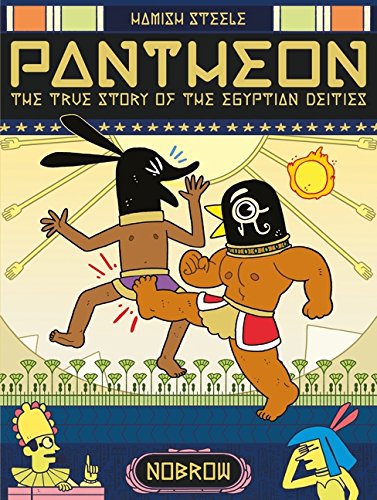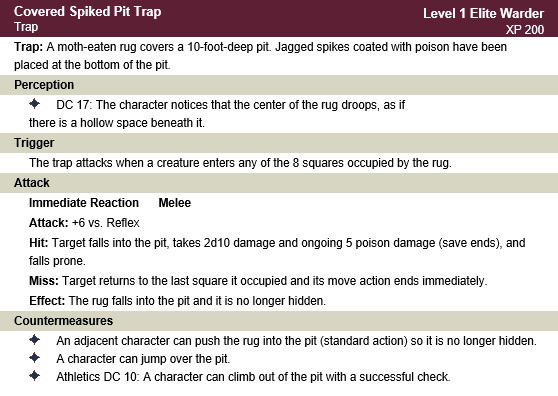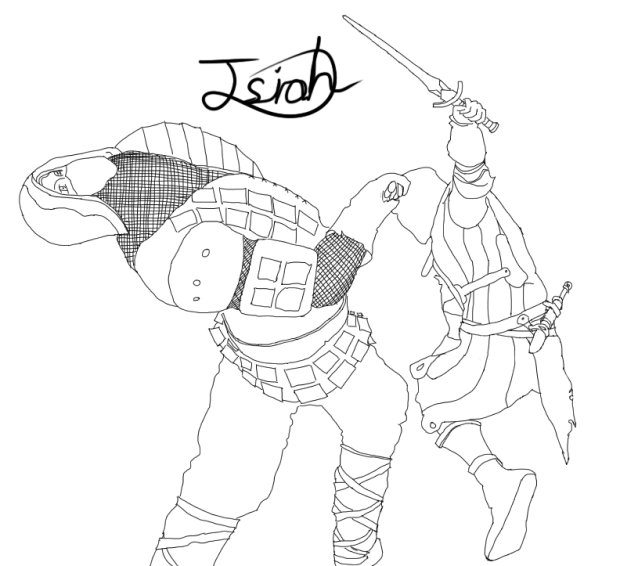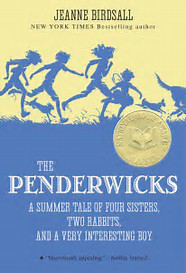 Reading this book was like having a chat with a Classicist. Which sounds daft, I know, but hear me out.
Reading this book was like having a chat with a Classicist. Which sounds daft, I know, but hear me out.
One of the things I loved about my Classics friends at uni (and still do, however we may not see each other as often as we did then) is how absolutely bloody daft we all were. We went to the British Museum (after we’d all graduated and got proper grown up jobs I hasten to add) and were wandering around… making jokes about bums on the artefacts. We watched Troy and shouted at the screen. We knew all the words to the songs of Disney’s Hercules and demonstrated this fact with alarming regularity (sorry Gemma…). We did a little arm-wavy dance outside of the faculty building while discussing Lucretius’ De Rerum Natura as an explanation for… I don’t know? It was something to do with atoms. But it somehow involved saying “the shape” in a funny accent. Anyway. We were daft idiots, and never more so than when we were talking about Classics. In a way that I wouldn’t take from someone who wasn’t a Classicist. It’s like your family. You can complain about them and say grumpy, stupid things, but if someone else dares? Outrage! Scandal! So you end up talking about this thing that you care passionately about as if it’s the stupidest thing in the world, because you’re so immersed in it, so completely tied up in every silly little detail, so intimately familiar with it… that while you’re there, in that moment… it is the stupidest thing in the world. And for me, that is a very comforting, happy feeling.
Cue, Hamish Steele, and his tales of the Egyptian gods, told with such utter, loving irreverence as only a proper devotee could muster. Pantheon is laughing at itself incredibly hard, because it knows it’s absolutely daft, it knows what a ridiculous story it tells… but it loves telling the story anyway, because that ridiculousness and that devotion are wrapped up inside one another. And I can think of no better charm, no greater praise than this to have for a book like this. It’s funny because it knows and loves its subject so dearly, it can take the absolute piss.
Which is exactly what you want, because to anyone with a bit of knowledge* about Egyptian mythology, very little of this is going to be new. It’s telling the biggest of the big Ancient Egyptian myths – the story of Ra, and of Horus and Set, and the death of Osiris. Which is pretty fundamental stuff. I suppose the difference is he tells the 15 rated version, not the PG one, so there are (quite cartoony) penises and at least one slightly distressing scene of sexual conduct (if only distressing for the facial expression). So because it’s so familiar, it needs to have some other charm – it’s likely not educating all or even most of its readership**. So it chooses to be funny instead. And it’s not all daft humour of “oh look, a bum!”. It’s charming and self-conscious and self-mocking, and the art style sits very well alongside that irreverence, so you can’t help but be sucked in.
Which seems odd, because the art style is incredibly simplistic. But it… works. The facial expressions particularly have a glorious efficiency to them, and the style really sits well with the tone of the whole book, especially the very child-book-style animal heads of some of the gods. Steele uses visual jokes (notably the decision to make a point when he moves away from facial profile) as well as telling jokes, and a lot of it is almost tone-of-voice level humour. You feel taken into his confidence, like you’re having a conversation – it’s familiar and casual and that’s again a lovely feeling.
The story itself is well-paced, and although the characters don’t get much depth (because a) mythology doesn’t always work that way and b) it’s mainly aiming to be funny) it’s still easy to follow them along because that light-hearted humour does work as a proxy for emotional depth.
What does help a lot in that regard too is having as much book as you do – because it’s not a slim volume, Steele’s got the time to tell the story how he wants to tell it, and the reader has the time to get properly sucked in and riveted, before the end has come – which is a problem I often find with graphic novels… there’s just not enough story to satisfy me before I come to wanting to read the next one. But for all that this won’t take you weeks to read, there’s enough to get to grips with and keep you interested for more than one short sitting. And it’s a very tactile book. You want to hold it and look at it and keep on reading.
Basically, it’s a fantastic book and I loved it.
And I acknowledge that a huge part of that is my own love of mythology and nostalgia for the stories I loved as a child. But it’s all overlain with that wonderful knowing tone Steele manages to take, where, if it’s something you’ve had too, you can’t help but smile and share his familiar irreverence for some stories that it seems, to me, he’s desperately keen on. I may be wrong, but that’s my take, because it feels so similar to something I’m quite used to. And if he has managed to put that feeling of loving mockery into a physical thing? Well that’s… really wonderful. Good job.
*Child me was obsessed with Ancient Egypt. I had a myth phase. I’m led to believe this is quite common, like having a horse phase or a dragons phase. Somewhere, I still have a copy of a large hardback with glossy pictures of ruins and slightly-too-grown-up-for-a-seven-year-old explanations of all this stuff that entranced me as a child. I drift away for a bit, but whenever I come back, it feels all warm and fuzzy and very nostalgic.
**I may be wrong here, but I’m assuming a) this is gonna be something nerdy folk read and b) a lot of nerdy folk did the mythology phase as kids. And also it’s going to be read by people already inclined to read about mythology. But hey, what do I know, maybe this is all brand new to people.
Advertisements Share this:





![Liebesgrüße Aus Der Hölle[Sein Job: Streng Geheim, Sein Auftrag: Jagd Auf Dämonen]](/i/cover.png)